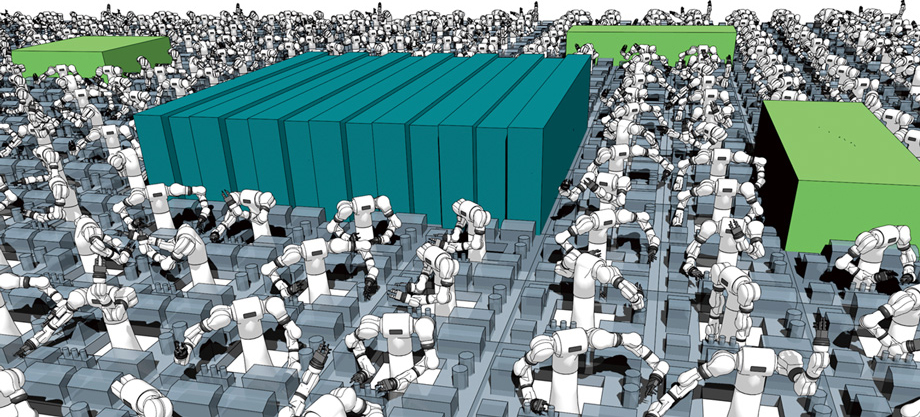About
At the Department of Robotic Science, we aim to create a new approach to scientific research through robotics and AI.
Our main focus is on developing automation technologies for life science research and establishing a new academic field around these technologies.
Concept
Our laboratory brings robots and AI into life science research to change it from "research centered around people" to "research conducted together with robots and AI". We don't aim simply to replace human researchers; rather, we see robots and AI as reliable partners that help greatly improve efficiency and accuracy. In our research, we equally value both building technologies and actually using them in practical settings. While developing robots or systems optimized for specific experiments is important, we also aim to nurture broader technologies and disciplines that can be applied across many research fields. Although we are still exploring many unknowns, we enjoy the process of trial-and-error as we look for this new way of doing science.
Background and Vision
Why Automate Research?
Currently, many experiments in life science, chemistry, and materials science are done manually, causing problems such as poor reproducibility and increased costs in time and effort. In Japan, where the declining birthrate is shrinking the available workforce, we must find new ways to conduct efficient and effective research. One promising solution is automating experiments using robotics and AI.
The main benefits of automating research include:
- Improved accuracy and reproducibility of experiments
- Reduced manual workload and time constraints
- Generation of large amounts of high-quality data, driving data-driven research
- Allowing researchers to spend more time on creative activities, free from routine laboratory tasks
Thus, research automation doesn't merely streamline individual experiments—it has the potential to greatly enhance productivity and innovation in science as a whole.
Robotic Crowd Biology
We propose "Robotic Crowd Biology" as one vision for the future of biological research. Our ambitious goal is to build a large-scale robotic laboratory center that integrates hundreds of robots, making laboratory experiments accessible via the cloud from anywhere in the world. In such a future, researchers would simply write experimental protocols on their computers and send them to the robotic center, eliminating the need for owning and operating their own laboratory facilities. We imagine a world where everyone can easily conduct research, driven purely by ideas.

Robotic Crowd Biology would offer significant benefits, including better reproducibility of scientific experiments, improved traceability, prevention of research misconduct, increased utilization rates of expensive advanced equipment, and safer, more efficient high biosafety-level experiments. Above all, it will make biological research widely accessible to humanity. Our laboratory is actively working on developing and validating the extensive range of technologies—hardware, software, operational processes, and domain-specific experimental methods—needed to make this vision a reality.
General Information
| Laboratory Name | Department of Robotic Science, Division of Biological Data Science, Medical Research Laboratory (MRL), Institute of Integrated Research (IIR), Institute of Science Tokyo |
|---|---|
| Research Theme | Developing automation technologies to perform experiments in life sciences, and building a new academic field to support and advance these automated methods | Head | Genki N. Kanda (Professor) | Founded | April 1, 2025 |
| Location | M&D Tower N2001, 1-5-45 Yushima, Bunkyo-ku, Tokyo 113-0034 Japan |